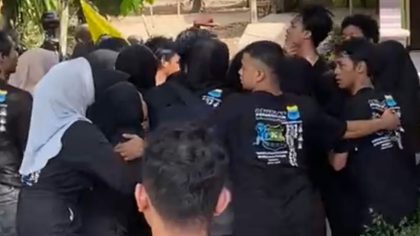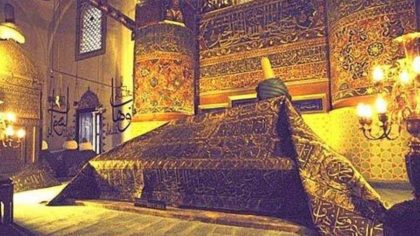Blitar – The Penataran Museum, located in the Penataran Temple area of Blitar Regency, has a long history and plays a vital role in preserving archaeological treasures.
Originally known as the Blitar Museum, it was founded in 1866 by the Regent of Blitar, Warsokusumo. Located in the Blitar Regency Pendopo Complex, it housed ancient objects from the surrounding area.
However, in 1999, the museum was moved to the Penataran area and renamed the Penataran Museum, to be closer to the largest temple site in East Java.
The museum serves not only as a guardian of relics from the past but also as a center for education, research, and recreation.
The museum’s rich collection of ancient objects, such as statues, inscriptions, and tools from ancient times, makes it an important destination for understanding Blitar’s history and culture.
One of the important moments in the history of the Penataran Museum was the transfer of its collections from the Ronggo Hadinegoro Hall to Penataran in June 1998. This relocation process was carried out in a unique manner and filled with sacred nuances.
Each archaeological object was accompanied by “Kebo Giro” or klenengan gamelan music, from the time it was lifted to its placement in the museum. The objects were individually wrapped in white cloth and moved using several pickup trucks.
The gamelan accompaniment served to pay respect to the archaeological objects and ensure a smooth transfer.
This procession attracted the attention of the local community, and soon after, the Penataran Museum became a popular historical tourist destination.
However, one unique incident occurred after the relocation: the Agastya statue was moved back to the Ronggo Hadinegoro Hall due to spiritual guidance. The community believes that this statue should remain in the hall as a guardian of the balance and prosperity of the environment.
The Penataran Museum boasts several outstanding collections that add to its uniqueness. One of these is the Trimurti statue, which consists of the three supreme gods in Hinduism: Brahma (the creator), Vishnu (the preserver), and Shiva (the destroyer).
The Trimurti collection in this museum is unique because it is complete and intact, with clear carvings. Visitors can see these three statues lined up on the north side of the museum, facing east.
In addition to the Trimurti, the museum also houses the iconic statue of the goddess Durga Mahisasuramardini. Measuring 161.2 x 62 cm, this statue depicts Goddess Durga conquering the buffalo giant, Mahisasura.
The clear carvings make this statue look majestic and are one of the museum’s main attractions. Goddess Durga is revered in Hindu mythology as a fortress of defense, a protector from threats and enemies.
This worshipful function, believed to have been carried out by Hindus in the past, adds to the statue’s spiritual value.
The Penataran Museum, with its rich history and archaeology, serves as an important symbol in preserving Blitar’s cultural heritage.
Its valuable collections, such as the Trimurti statue and the goddess Durga, offer an in-depth look into the spiritual life and beliefs of past societies.
Besides serving as a preservation center, the museum also serves as a center for education, research, and recreation for the community and visitors from various regions. (Blt)












